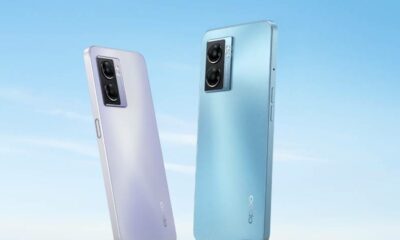Technology
The Oppo A18 features a MediaTek Helio G85 processor and a 5,000mAh battery. Here’s everything you need to know about the phone

Technology
Microsoft Expands Copilot Voice and Think Deeper
Technology
Google Launches Free AI Coding Tool for Individual Developers
Technology
Elon Musk Unveils Grok-3: A Game-Changing AI Chatbot to Rival ChatGPT
-

 Business4 weeks ago
Business4 weeks agoAeon & Trisl Group Makes History, Secures No.1 Spot at Emaar Awards for Second Consecutive Year and Sixth Consecutive Quarter with Record- Breaking Sales Performance
-

 Business3 weeks ago
Business3 weeks agoFlipkart Offers Huge ₹26,000 Discount on Google Pixel 9—Grab the Deal Now!
-

 World4 weeks ago
World4 weeks agoPresident’s Day 2025: History, Significance, and Modern Observance
-

 Business4 weeks ago
Business4 weeks agoFigure AI in Talks for Major Investment, Targeting $39.5 Billion Valuation
-

 Technology4 weeks ago
Technology4 weeks agoElon Musk Unveils Grok-3: A Game-Changing AI Chatbot to Rival ChatGPT
-

 Business3 weeks ago
Business3 weeks agoNvidia-Backed Field AI in Talks to Raise Funds at $2 Billion Valuation
-

 Business3 weeks ago
Business3 weeks agoLevel Up Your Digital Game with DigiRoads – Training, Strategy, and Success
-

 Entertainment3 weeks ago
Entertainment3 weeks agoChhaava Box Office Collection: A Blockbuster Week One













